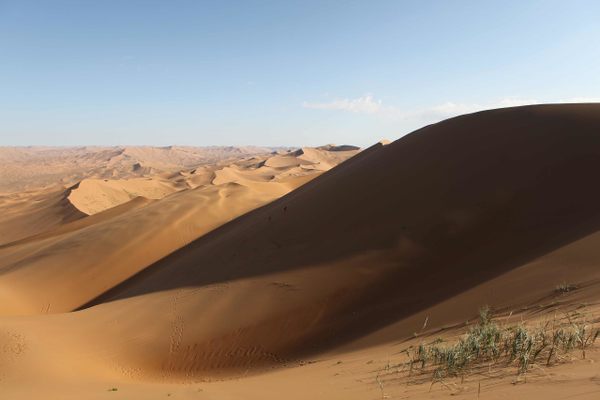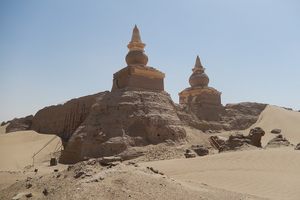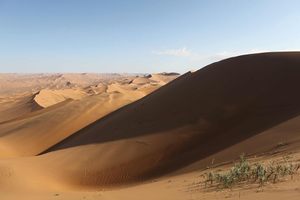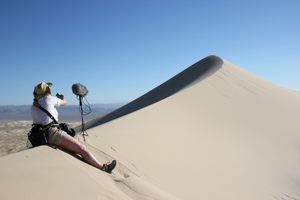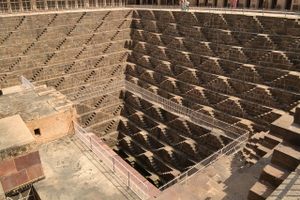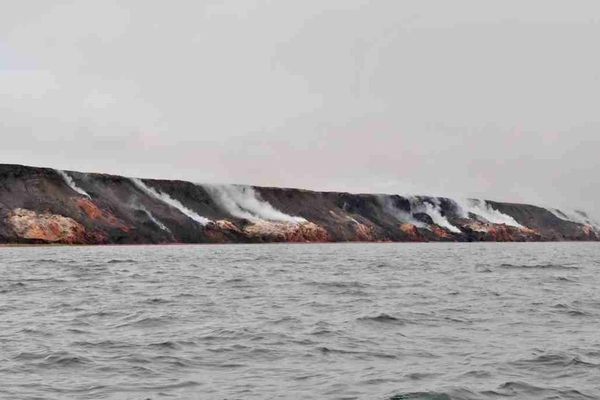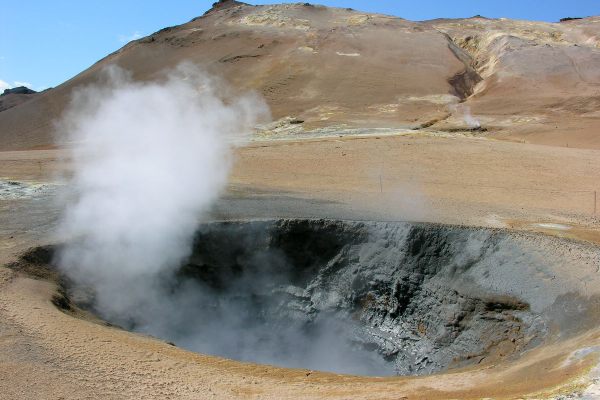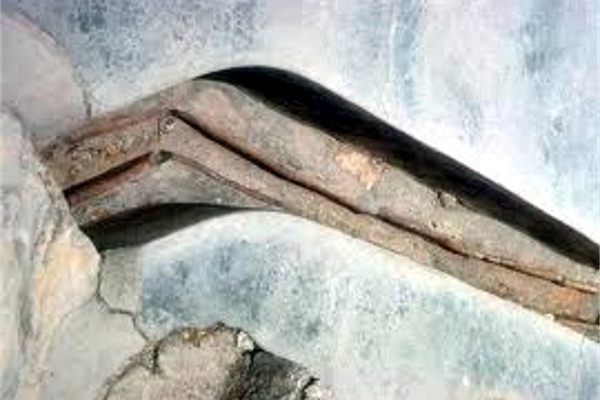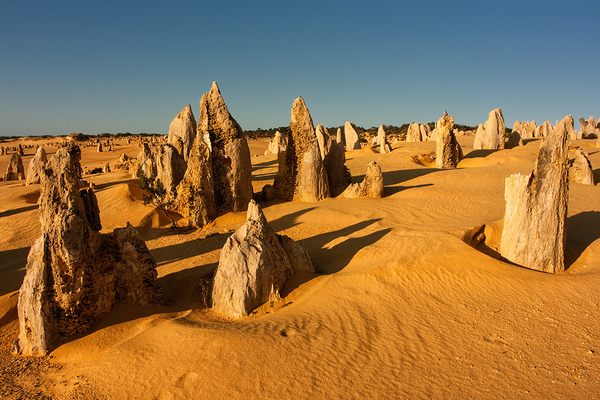About
Badain Jaran Desert is home to the tallest stationary dunes on Earth. Reaching over 1,600 feet tall, they are roughly the same height as the world's tallest buildings. This area also shares a mysterious property with some three dozen other deserts around the world. Known as singing sands, whistling sands, or booming dunes, the dunes of the Badain Jaran Desert make a surprising amount of noise.
Despite singing sands and booming dunes being a feature shared by some 35 deserts and beaches around the world, the mechanism that makes the sound is still not fully understood. Singing sands are believed to be generated when the desert wind pulls the top layer of sand off the layer below. It is thought that the noise is generated by an electrostatic charge this action creates. On a small scale, such as a beach, this phenomenon creates a high-pitched sound, but on a much larger scale, it can emit a low-pitched rumble or booming sound, and at up to 105 decibels, it can be quite loud.
A booming sand dune manifests itself by initiating an avalanche from the leeward face of a large dune. The resulting low-frequency booming noise or music is loud and resembles a low-flying propeller airplane. The sound is surprisingly monotone with one dominant audible frequency. It is sustained and may continue for up to a minute after initiation, even after all visible motion has ceased. Moving a hand through the dry sand of a booming dune shears the upper layer and generates another acoustic phenomenon, the burping emission - pulse-like, short bursts of sound.
Booming dunes are silent in the wintertime when moisture from precipitation is retained in the dune. The burping property depends on sand grain characteristics and can be generated all year around. In the summer time when the larger dunes produce their music, the smaller dunes in the dune field remain silent. This indicates that structural properties of the dune are critical for the generation of the singing sand. Also, booming can only be generated at slopes at the angle of repose (30 degrees) on the leeward face of dune; the same sand on the shallower windward side cannot generate the music.
Related Tags
Community Contributors
Added By
Edited By
Published
August 18, 2013

